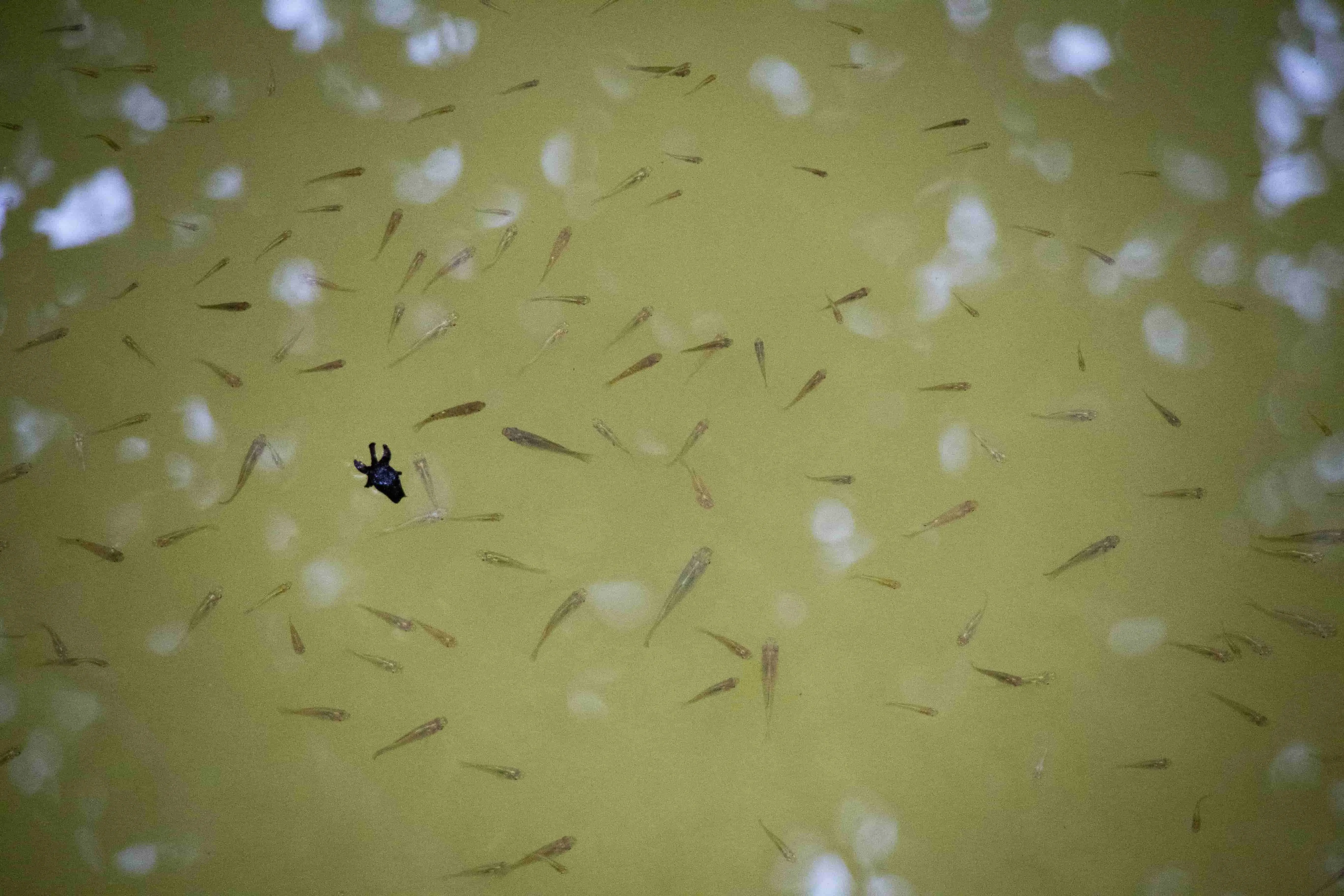Water pollution from heavy metals, especially lead, is a serious problem that affects people around the world. Industries such as mining, battery manufacturing, and metal plating can release dangerous amounts of lead into water sources. This toxic metal can be harmful even in very small amounts, leading to severe health issues like brain damage and heart problems. Now, scientists have created a new material that could change the way we remove lead from water: a silica/klucel nanocomposite.
What is Lead and Why is it Dangerous?
Lead is a heavy metal that, once in the environment, can persist for a long time and build up in living organisms. When people consume water contaminated with lead, it can cause long-term health problems, especially in children, where it can lead to developmental delays and learning difficulties. Because of its serious health risks, finding effective and affordable ways to remove lead from water is crucial.
Traditional Methods for Removing Lead
There are many ways to remove lead and other heavy metals from water, such as chemical treatments, filters, and advanced technologies like membrane filtration. However, these methods can be expensive, difficult to maintain, or produce additional waste that needs to be managed. One of the most promising solutions has been adsorption, a process where materials capture and hold contaminants on their surface. Adsorption is popular because it’s relatively simple, cost-effective, and efficient.
The New Material: Silica/Klucel Nanocomposite
Researchers have now developed a new material made from silica and klucel that can efficiently remove lead from water. Silica is known for its ability to hold a large amount of contaminants because of its high surface area. Klucel, a type of cellulose, provides strength and stability to the material. When combined, these two components create a powerful and eco-friendly solution for capturing lead.
The new silica/klucel nanocomposite is made using a straightforward and inexpensive process that mixes silica nanoparticles with klucel in water. The result is a material that has a lot of tiny spaces and a large surface area, making it perfect for trapping lead particles.
How Effective is the New Material?
In tests, just 10 milligrams of the silica/klucel nanocomposite was able to remove up to 95% of lead from a 50-milliliter solution in only 60 minutes. This quick action is due to the material’s porous structure and large surface area. The way the material captures lead is described by the Langmuir isotherm model, which means the lead forms a single, thin layer on the surface of the material.
Can the Material Be Reused?
One big advantage of this new material is that it can be used more than once. The researchers tested its reusability by soaking it in an acidic solution to remove the absorbed lead. After this treatment, the material could be used again and still removed 65% of the lead as effectively as during the first use, even after seven cycles. This means that the silica/klucel nanocomposite is not only powerful but also cost-effective and sustainable for long-term use.
Why is This Material Eco-Friendly?
The new nanocomposite is considered eco-friendly for several reasons. First, it’s made from relatively safe and inexpensive components. The synthesis process doesn’t require harmful chemicals, which means it’s less likely to produce additional environmental pollution. Second, because it can be reused multiple times, it helps reduce waste and the need for constant production, which makes it more sustainable in the long run.
How Could This Material Be Used?
This silica/klucel nanocomposite could be used in water treatment facilities, especially in places where industrial waste is a big problem. Its simple production process and high efficiency make it a practical solution for larger-scale water purification systems. The fact that it can be reused and still work well makes it even more attractive for real-world applications.
In addition to lead, researchers hope to test the nanocomposite’s effectiveness on other heavy metals like cadmium and arsenic. If successful, this material could become a multi-purpose tool for cleaning industrial wastewater, making water safer for people and the environment.
What’s Next for This Research?
While the silica/klucel nanocomposite has shown great potential in lab tests, more work needs to be done before it can be used in water treatment facilities. Scientists will likely look at how the material performs in different water conditions and test its ability to remove other contaminants. They’ll also want to find ways to improve its reusability so it stays effective for even longer.
This research is a step forward in the ongoing search for better, greener ways to tackle water pollution. If future studies confirm its effectiveness in larger and more complex settings, this new material could help make water safer for millions of people and contribute to cleaner, healthier ecosystems.
Conclusion: A Promising Solution for Cleaner Water
The development of this silica/klucel nanocomposite offers hope for tackling one of the world’s serious environmental challenges: water contamination from heavy metals. With its high efficiency, ease of use, and eco-friendly properties, this new material could play an important role in making water purification more effective and sustainable. As researchers continue to refine and test the material, we may be on the brink of a new era in water treatment technology that benefits both people and the planet.


